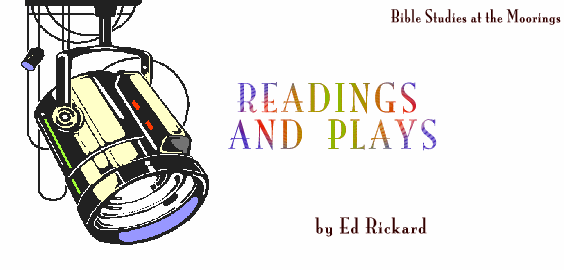After the birth of Christ, wise men from the east came looking for the child because, as they reported to Herod, King of Judah, they had seen the star announcing His birth. The prophecy which had alerted the magi to look for a star was undoubtedly the one given through Balaam almost 1500 years earlier, during the time of Moses. According to Numbers 24:17, Balaam declared, "There shall come a Star out of Jacob, and a Sceptre shall rise out of Israel."
Innumerable writers have attempted to identify exactly what celestial object or event the wise men saw.
Some have theorized that it was either the comet visible in 5 BC or the nova visible in 4 BC. But the wise men would not have taken either as a momentous omen unless it was unusual in some fashion, whether in its origin, track, or brilliance. But in their class of phenomena, both were quite ordinary examples. Nothing about them pointed to a Messiah's birth in Judea.
Others have theorized that the star of Bethlehem was a conjunction of planets. But the wise men were sophisticated astronomers, and they would not have mistaken a planetary conjunction for a single star.
According to still others, the wise men were astrologers who derived the message of Christ's birth from some peculiar arrangement of the stars and planets. But God would never have endorsed the methods of astrology.
The answer lies in Matthew 2:9. "When they [the wise men] had heard the king, they departed; and, lo, the star, which they saw in the east, went before them, till it came and stood over where the young child was." Notice three things. (1) The interjection "lo" marks the moment when, to their great surprise and wonderment, the star reappeared to guide the wise men on their way. The placement of "lo" in the narrative shows that they sighted the star immediately after they departed from Jerusalem. (2) In Greek, the verb tense in the statement, "The star . . . went before them," is imperfect. A more precise translation would be, "The star . . . was going before them," indicating that the star was in motion ahead of them as they traveled south from Jerusalem. (3) The star pointed out the very place where the child dwelt. The magi needed no help to find the right village, since the learned men of Jerusalem had already declared that the child would be born in Bethlehem, and no doubt Herod had told the magi how to get there, or perhaps had furnished guides. The magi needed help only to determine which child in Bethlehem was the one they were seeking.
It is obvious that no celestial body could perform the feats attributed to Christ's natal star. No celestial body moves through the heavens at the pace of travelers on the ground, and no celestial body ever moves due south. Moreover, the position of a celestial body cannot be used to locate an object the size of a human dwelling. For these reasons a legion of commentators ancient and modern have believed that the star was a supernatural sign or visitation. One reasonable possibility is that the star was an angel, perhaps Gabriel, manifesting himself as a point of brilliant light in the distant sky. In Scripture, a star often figuratively designates an angel. For example, Revelation 9:1 states, "And the fifth angel sounded, and I saw a star fall from heaven unto the earth: and to him was given the key of the bottomless pit." Just as an angelic star once pointed to the lowly but godly origins of the Christ, so an angelic star will someday point to the infernal origins of the Antichrist. The message blazoned on the sky by these stars past and future can be understood only by wise men.
END
© 2007, 2012 Stanley Edgar Rickard (Ed Rickard, the author). All rights reserved. If you would like to use this reading in a program, see terms and conditions of use.
